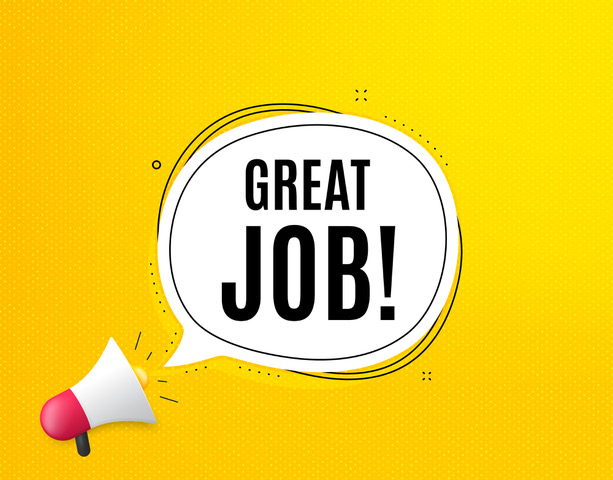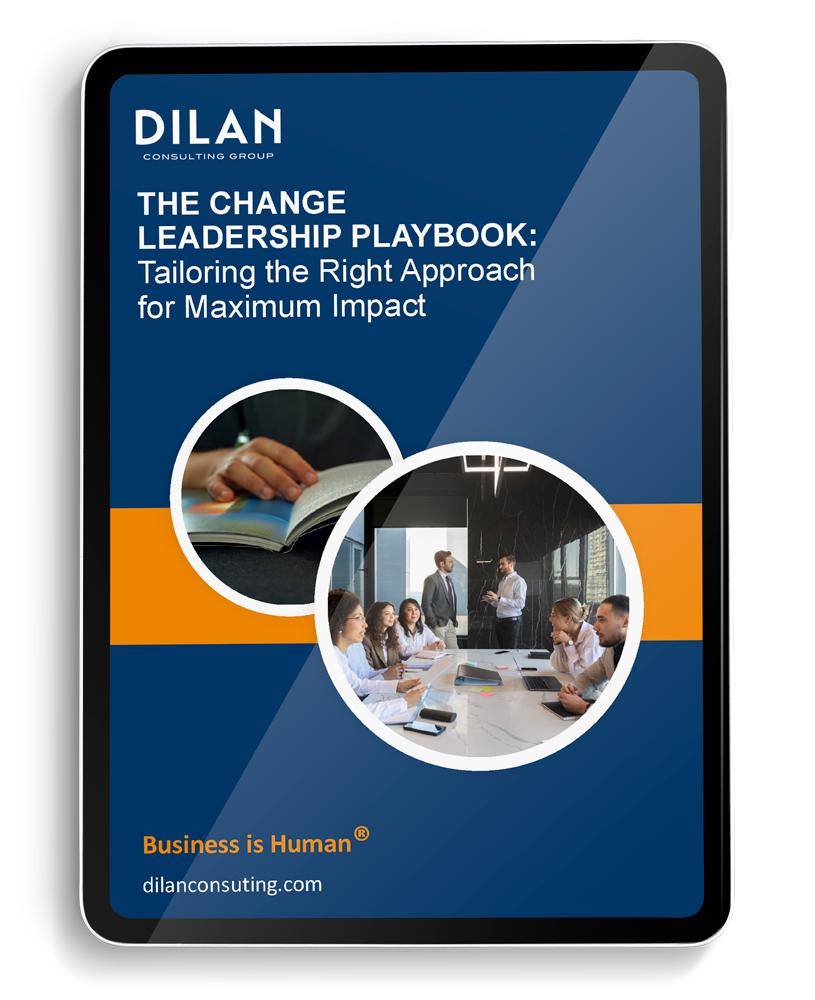Effective decision-making is both a critical skill and a dynamic process that shapes the trajectory of any organization. For leaders, the ability to make sound decisions can mean the difference between thriving in a competitive market and falling behind. Strong decision-making balances analytical rigor with intuitive judgment, requiring a set of nuanced traits such as critical thinking, emotional intelligence, and risk management. These skills help leaders evaluate complex information, manage uncertainty, and make choices that align with long-term goals while adapting to changing circumstances. Below, we explore five key traits that enhance decision-making, practical ways to cultivate these qualities, and real-world examples of leaders who have successfully applied them in high-stakes situations.
1. Critical Thinking
Description: Critical thinking is objectively evaluating information, identifying biases, and making well-reasoned judgments. Leaders with strong critical thinking skills assess data from multiple angles, recognize patterns, and avoid making assumptions. This trait prevents “groupthink” and helps leaders confidently challenge the status quo.
How to Develop It:
- Self-Reflection: Regularly analyze your decision-making processes. What assumptions influenced your choice? Were there any overlooked details?
- Training and Education: Take courses or workshops on logical reasoning, data interpretation, and advanced analytics. Dr. Gary Klein, known for his work on naturalistic decision-making, emphasizes the importance of training leaders to recognize patterns quickly through real-world simulations.
- Diverse Perspectives: Encourage diverse viewpoints within your team. When leaders are exposed to varying perspectives, spotting biases and assessing information objectively becomes easier.
Example: Jeff Bezos famously instituted Amazon’s “Disagree and Commit” policy, under which leaders must express concerns openly before agreeing on a decision. This method ensures robust critical analysis without slowing down innovation.
2. Emotional Intelligence (EQ)
Description: Emotional intelligence is the ability to understand and manage your own emotions and empathize with others. EQ influences how leaders handle stress, motivate their teams, and make decisions in tense or uncertain situations. According to Maurice Schweitzer, a Wharton professor who studies decision-making under uncertainty, emotionally intelligent leaders are better equipped to make balanced decisions even in high-pressure environments.
How to Develop It:
- Self-Awareness Practices: Journaling and mindfulness exercises can help leaders identify and manage their emotional responses. Self-awareness builds a stronger foundation for sound decision-making.
- Empathy Exercises: Spend time understanding employees’ and stakeholders’ experiences. Practicing empathy deepens your ability to foresee how decisions impact others.
- Emotional Regulation Techniques: Techniques like deep breathing and reframing help leaders stay calm and centered, even during high-stakes decisions.
Example: Satya Nadella, Microsoft’s CEO, exemplifies emotional intelligence. By promoting a growth mindset, he has transformed Microsoft’s culture from internal competition to collaboration, openness, and empathy. This shift in approach has led to strategic innovations and strong employee engagement.
3. Risk Management and Tolerance for Ambiguity
Description: Effective leaders recognize the risks in every decision but don’t let them inhibit action. They develop a tolerance for ambiguity, knowing that few decisions come with complete information. Daniel Kahneman, a Nobel laureate in behavioral economics, has demonstrated that decision-makers tend to avoid risk, but high-performing leaders can accept uncertainty while evaluating potential outcomes rationally.
How to Develop It:
- Scenario Analysis: Regularly practice forecasting different outcomes, even for minor decisions. This process builds mental agility to deal with uncertainty.
- Study Decision-Making Frameworks: Familiarize yourself with frameworks like SWOT analysis or Kahneman and Tversky’s Prospect Theory, which assesses how people evaluate potential losses and gains.
- Controlled Risks: To increase your comfort in uncertain situations, start with minor, reversible decisions involving some level of risk. Gradually build up to more significant, more impactful decisions.
Example: Howard Schultz, former CEO of Starbucks, demonstrated risk tolerance when he temporarily closed all U.S. stores for barista training. This risky decision reinforced Starbucks’ commitment to quality, paid off in customer loyalty, and ultimately strengthened the brand.
4. Long-Term Vision
Description: Visionary decision-makers think beyond immediate challenges and see the long-term impact of their choices. This trait allows leaders to prioritize strategies that sustain growth, adapt to market shifts, and capitalize on emerging trends. Chip Heath and Dan Heath, authors of “Decisive,” emphasize the importance of considering the long-term implications of short-term decisions in achieving business goals.
How to Develop It:
- Develop a Future-Focused Mindset: Set aside regular time to focus on industry trends, emerging technologies, and global issues that could impact your business.
- Think in Terms of “Zooming Out”: Chip and Dan Heath recommend practicing the art of “zooming out” in decision-making. This entails taking a broader perspective to see patterns over time, enabling leaders to anticipate the ripple effects of today’s decisions.
- Set Milestones for Long-Term Goals: Break big-picture goals into achievable milestones so each decision supports the overarching vision.
Example: Elon Musk’s leadership of Tesla and SpaceX showcases his long-term vision. His decisions to pursue electric vehicles and reusable rockets—initially considered risky—have transformed their respective industries and inspired new standards for innovation and sustainability.
5. Flexibility and Adaptability
Description: Adaptable leaders can pivot when circumstances change, responding to evolving market dynamics without losing sight of their core objectives. This trait is crucial in today’s volatile business environment. As Dr. Gary Klein notes, adaptable leaders use experience and intuition to adjust their plans in response to real-world feedback.
How to Develop It:
- Continuous Learning: Stay current with industry trends, emerging technologies, and competitors’ strategies. Flexible leaders remain open to new information.
- Build Agile Teams: Cultivate teams ready to experiment and adjust strategies as needed. This includes encouraging innovation and risk-taking within a safe framework.
- Set Up Feedback Mechanisms: Create a loop of constant feedback from customers, employees, and stakeholders, allowing you to make real-time adjustments.
Example: Many companies struggled when COVID-19 forced rapid adjustments worldwide, but Netflix thrived due to its adaptability. As demand for streaming content surged, Netflix quickly increased content delivery and localized offerings to capture new markets without compromising service quality.
Conclusion
Cultivating the traits of effective decision-making—critical thinking, emotional intelligence, risk management, long-term vision, and adaptability—empowers leaders to make high-impact choices that drive organizational success. Refining these skills involves a commitment to self-reflection, continuous learning, and embracing diverse perspectives. By intentionally developing these qualities, leaders can elevate their decision-making capabilities, navigate complex challenges, and create a resilient and thriving organization.
As you work to hone these traits within your organization, consider seeking expert guidance to enhance your decision-making framework further. The strategic support and insights provided by experienced coaches can bring fresh perspectives and tools, enabling your leadership team to excel in today’s rapidly changing world.
References
Heath, C., & Heath, D. (2013). Decisive: How to make better choices in life and work. Crown Business.
Kahneman, D. (2011). Thinking, fast and slow. Farrar, Straus and Giroux.
Klein, G. (2013). Seeing what others don’t: The remarkable ways we gain insights. Public Affairs.
Schweitzer, M. E., Ordonez, L., & Douma, B. (2004). In the moment: The effect of mindfulness on ethical decision making. Journal of Business Ethics, 55(1), 1–12.
https://www.jstor.org/stable/pdf/29789714.pdf
Schweitzer, M. E., & Gibson, D. E. (2008). Fairness, feelings, and ethical decision-making: Consequences of violating community standards of fairness. Journal of Business Ethics, 77(3), 287–301
https://www.researchgate.net/publication/5149121_Fairness_Feelings_and_ Ethical_Decision_Making_Consequences_of_Violating_Community_Standards_of_Fairness
Schweitzer, M. E., & Sinha, R. (2020). Anxiety, advice, and the ability to discern: Feeling anxious motivates individuals to seek and use advice. Journal of Personality and Social Psychology, 118(5), 861–880.
https://www.researchgate.net/publication/51831238_Anxiety_Advice_and_the_ Ability_to_Discern_Feeling_Anxious_Motivates_Individuals_to_Seek_and_Use_Advice









